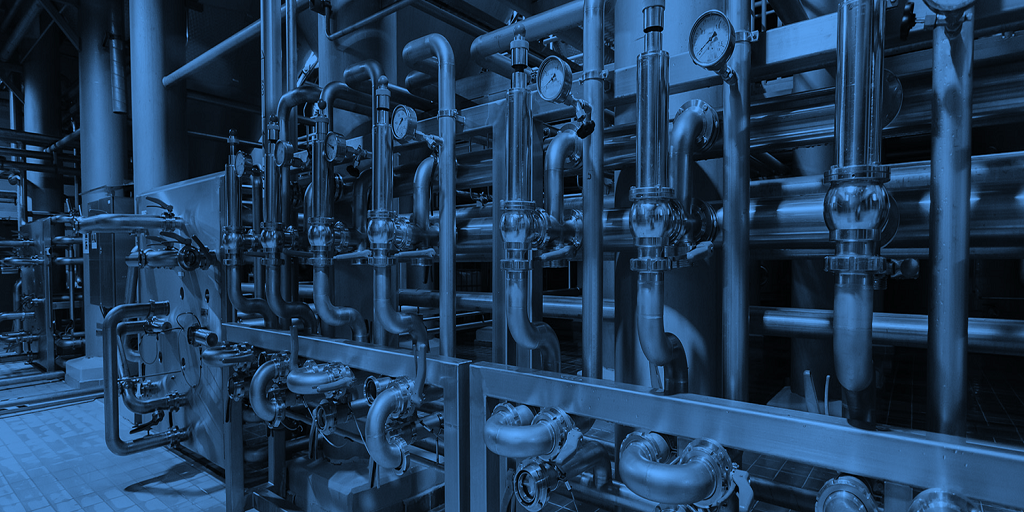
Particular industries place a premium on having the purest, driest air possible. Even factors as seemingly insignificant as relative humidity and dew point can have a significant impact on performance, conditions, and a great many other factors.
Because of this, it is extremely important to conduct adequate research in order to identify the air systems that are best suited to your particular business sector in order to ensure maximum productivity. Compressed air dryers are just one example of a system that could potentially be capable of accomplishing this goal. If you’re interested in learning more about these systems, here’s a quick primer:
The Function of Compressed Air Dryers
The dew point of compressed air can be reduced by using these air dryers, which remove water from the air. Due to the potential for hazardous liquid formation at high dew points, this is an absolute necessity in any compressed air system!
Condensation that forms as a result of the use of compressed air can lead to a wide range of unfavorable effects, including pipe corrosion, pipe freezing, contamination of products and equipment, and other problems.
By reducing the dangerous dew point level, compressed air dryers are able to eliminate these dangers completely.
Are There Different Types?
These air dryers come in a number of different varieties. They can be categorized into primary and secondary types. Coalescing, deliquescent, and refrigeration are the three main types of dryers. Desiccant, absorption, and membrane dryers are among the secondary dryers.
How Do You Make the Right Purchase?
Prior to purchasing an air dryer, make sure to thoroughly research the needs of your specific industry in order to get the most out of your new equipment.
In order to function at an optimal level, certain industries require only a partial level of air drying rather than an extensive level. As a result, you could save a significant amount of money if you choose something that isn’t as expensive and heavy-duty.
If, on the other hand, you require air that is 100 percent dry, you should expect the compressed air dryer to cost a little more. Partial drying can save you money, but it comes with a slew of disadvantages.
One more thing that you need to think about is where exactly you are going to keep your air dryer, as well as the temperature that is predominantly observed in that area.
Your environment’s ability to deal with water vapor should also be taken into account when planning your project. There are refrigerated air dryers out there that may be your best option. But if you need a completely dry location, use a membrane dryer.
Last but not least, take into account your desired dew point. Because achieving the desired dew point is one of the primary objectives of various types of air dryers.
Where Can I Find a Good Air Dryer?
If you’re in the market for a compressed air dryer, you can put your faith in the experience and expertise of Air & Vacuum Process Inc. Since 1997, they’ve offered natural gas and compressed air dehydration solutions worldwide. Give them a call at 866-660-0208 now to get started.


